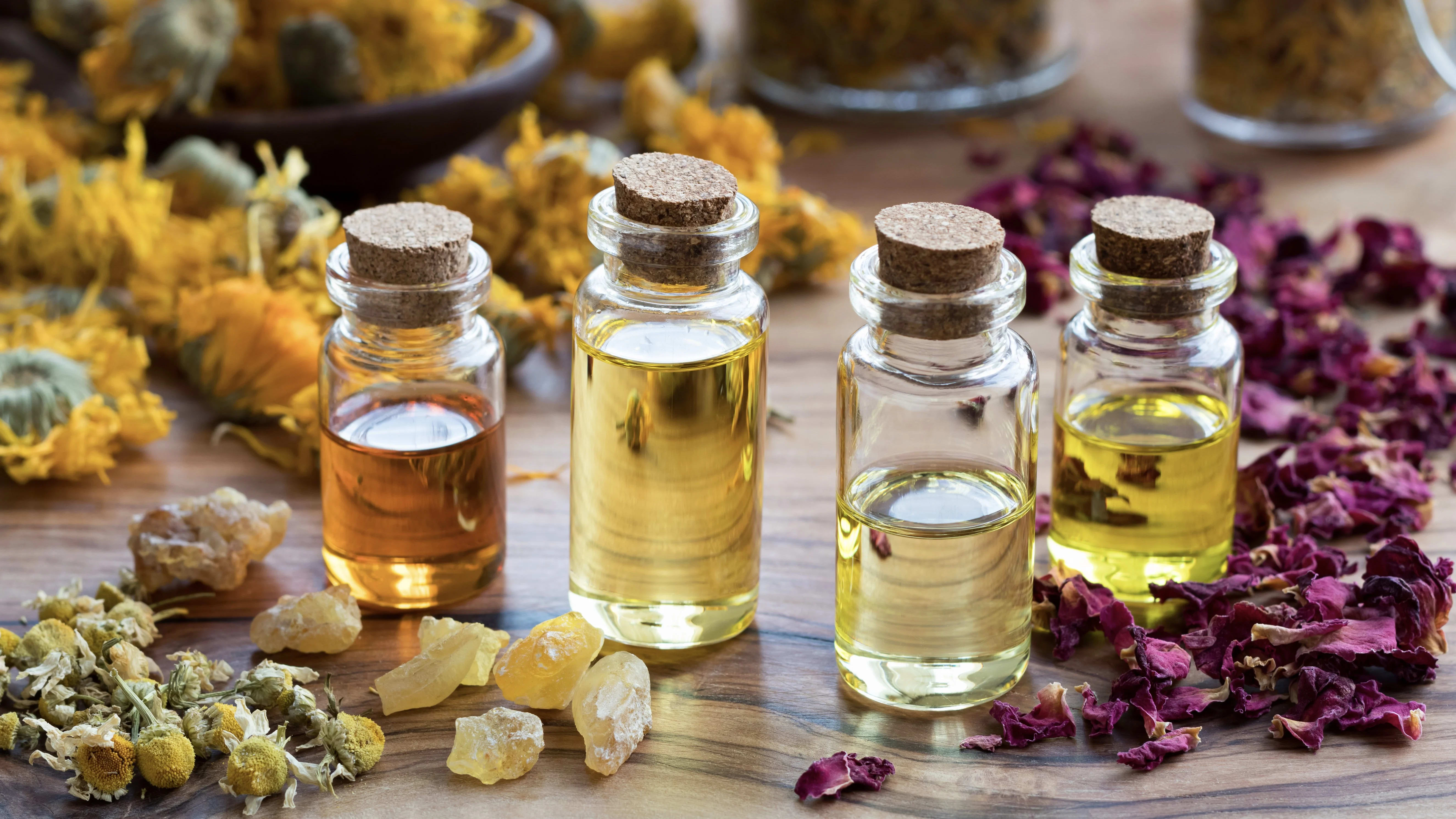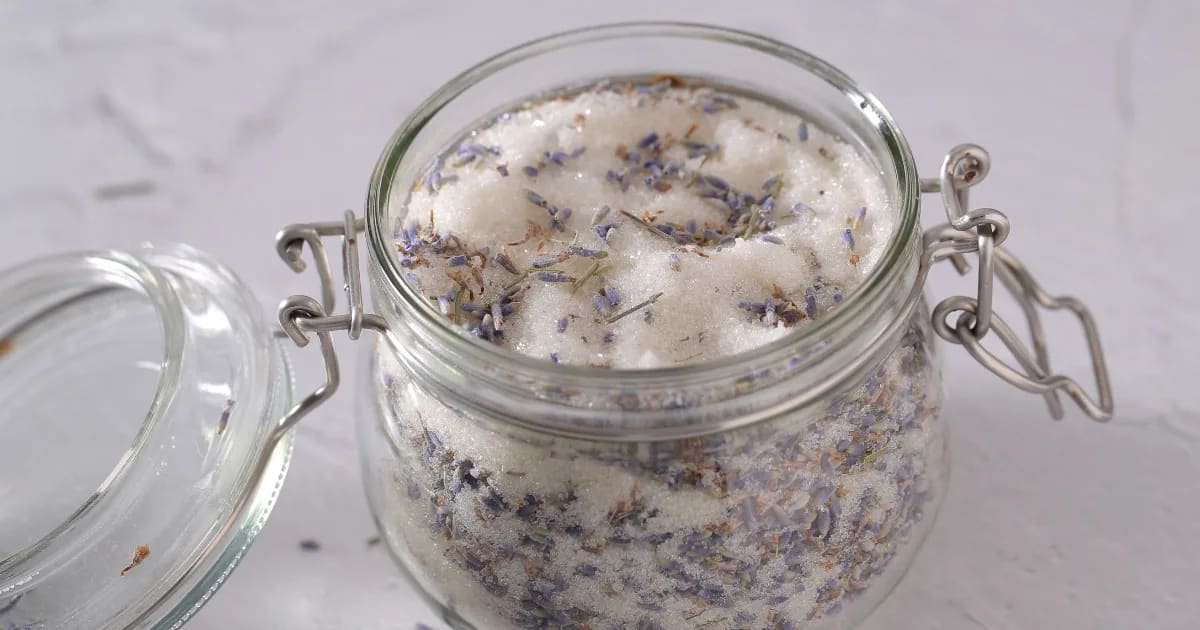DIY Eucalyptus Essential Oil Chest Rub (for a sore throat)

Have you ever used an essential oil chest rub?
It’s a traditional way to comfort a cough and cold.
Here’s how it works . . . You massage the essential oil chest rub into your upper chest. Then you can either lay back and breathe in the soothing essential oils, or you can sit up, keeping your collar loose and open so the scent can reach your nose. Some people even drape a towel over their head to concentrate the aroma of the oils.
As you’re breathing in the oils, your skin is also absorbing them into your body.
I love using fresh, penetrating oils like Eucalyptus in chest rubs!
Eucalyptus essential oil for chest rubs
Eucalyptus contains a component called 1,8-cineole, which can loosen up tight, and calm spasms—including spasms in the throat that cause coughing.
1,8-cineole can also help:
Break up mucus
Open the breath
Reduce inflammation
Boost immunity
Fight the presence of germs & microbes
What a powerhouse oil, right?!
This chest rub recipe contains Eucalyptus and 3 other essential oils that can soothe a tight chest and sore throat. I find it so helpful if I’m helping someone manage a spastic cough—the kind of coughing that comes on all of a sudden and doesn’t want to stop. (This kind of coughing may even wake you up at night.)
Here’s the essential oil chest rub recipe!
Eucalyptus & Hemlock Essential Oil Chest Rub
1.75 oz (52 ml) Jojoba oil (Simmondsia chinensis)
0.25 oz (7 g) Beeswax (Cera flava)
14 drops Eucalyptus essential oil (Eucalyptus globulus)
10 drops Hemlock essential oil (Tsuga canadensis)
8 drops Catnip essential oil (Nepeta cataria)
4 drops Bergamot essential oil (Citrus bergamia)
Directions
Set up a stovetop melting method. Try using a Pyrex measuring cup in a soup pot that’s about ¼ full of gently boiling water. (Make sure it’s not boiling so strongly that splashes of water get in the measuring cup.)
Melt the beeswax in the measuring cup.
Add the jojoba and melt it with the beeswax. Stir gently with a glass stirring rod or a stainless steel spoon.
Remove the blend from the heat and add the essential oils, stirring gently.
Pour your salve into a 2 oz (60 ml) jar or tin.
Your essential oil chest rub will be ready to use within about fifteen minutes, but it will continue firming up over the next 24 hours.
An essential oil inhaler would be an excellent companion to this recipe. Between applications of your chest rub, you can take out your inhaler and use it as needed. This recipe from our blog is great for a tight chest and sore throat.
About the other ingredients in this essential oil chest rub
Hemlock essential oil (Tsuga canadensis)
Hemlock contains α-pinene, a gentle yet strong component that calms swollen, inflamed areas. It helps soothe your throat and reduce spasms (coughing). α-Pinene is also known to offer powerful support to the respiratory system.
Catnip essential oil (Nepeta cataria)
Catnip—yes, that Catnip!—is a traditional oil for relaxing sore muscles.
It contains nepetalactone, which may explain why its traditional use is so effective. In studies, nepetalactone has been seen to have an anti-inflammatory effect on sore, tender areas and to simultaneously reduce anxiety. It’s a soothing addition to our chest rub!
Bergamot essential oil (Citrus bergamia)
Bergamot is rich in linalool and linalyl acetate.
I’m always happy to see these two components side by side! They have a wide variety of soothing effects and work well together.
In our chest rub recipe, they help calm the nervous system, reduce spastic coughing, ease tension out of the chest, clear congested areas, and reduce mental stress so you can rest.
Rest up!
If your chest and throat are sore, remember to take it easy. Get plenty of rest and fluids, and don’t hesitate to reach out to your medical care provider if needed. And meanwhile, take comfort in your chest rub recipe.
REFERENCES
Aydin, S., Beis, R., Ozturk, Y., Husnu, K., Baser, K.H. (1998) Nepetalactone: a new opioid analgesic from Nepeta caesarea Boiss. Journal of Pharmacy and Pharmacology Jul; 50(7):813-7.
Buchbauer, G. (1993) Biological Effects and Modes of Action of Essential Oils. International Journal of Aromatherapy 5, 1, 11-14.
Chen N, Sun G, Yuan X, Hou J, Wu Q, Soromou LW, Feng H. (2014) Inhibition of lung inflammatory responses by bornyl acetate is correlated with regulation of myeloperoxidase activity. Journal of Surgical Research 186, 436-445.
Kang, P., Han, S.H., Moon, H.K., Lee, J.-M., Kim, H.-K., Min, S.S. and Seol, G.H. (2013) Citrus bergamia Risso elevates intracellular Ca2+ in human vascular endothelial cells due to release of Ca2+ from primary intracellular stores. Evidence-Based Complementary and Alternative Medicine Article ID 759615.
Sadraei H, Asghari GR, Hajhashemi V et al. (2001) Spasmolytic activity of essential oil and various extracts of Ferula gummosa Boiss. on ileum contractions. Phytomedicine 8,370-376.





